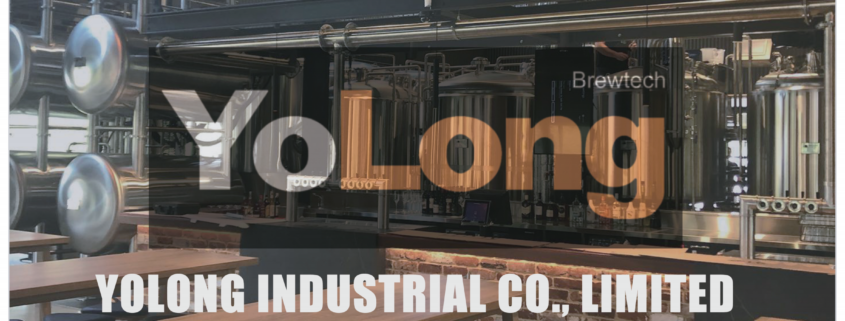Commercial Brewing Equipment
Overview of Commercial Brewing Equipment
Commercial brewing equipment forms the backbone of any successful brewing operation. Whether you’re setting up a small craft brewery or scaling up a microbrewery, choosing the right equipment is crucial. In this article, we’ll explore everything you need to know about commercial brewing equipment—from understanding the brewing process to troubleshooting common issues, and even how to pick the perfect supplier. Ready to dive into the world of brewing? Let’s get started!
Understanding the Brewing Process
The brewing process is an intricate journey where raw ingredients like barley, water, hops, and yeast transform into the beloved beverage we call beer. Here’s a step-by-step walkthrough of what happens in a commercial brewery:
1. Malting
Malting involves soaking barley grains in water, allowing them to germinate, and then drying them in a kiln. The result? Malt, the backbone of beer’s flavor and body.
2. Mashing
The malt is mixed with hot water in a mash tun to convert starches into fermentable sugars. Think of it as brewing tea but for beer.
3. Boiling and Hopping
The sugary liquid, or wort, is boiled and hops are added. Hops contribute bitterness, aroma, and act as natural preservatives.
4. Fermentation
The cooled wort is transferred to fermenters where yeast is added. The yeast consumes sugars and produces alcohol and carbonation—magical, right?
5. Maturation and Packaging
After fermentation, the beer matures for several weeks before being filtered, carbonated, and packaged into kegs, cans, or bottles.
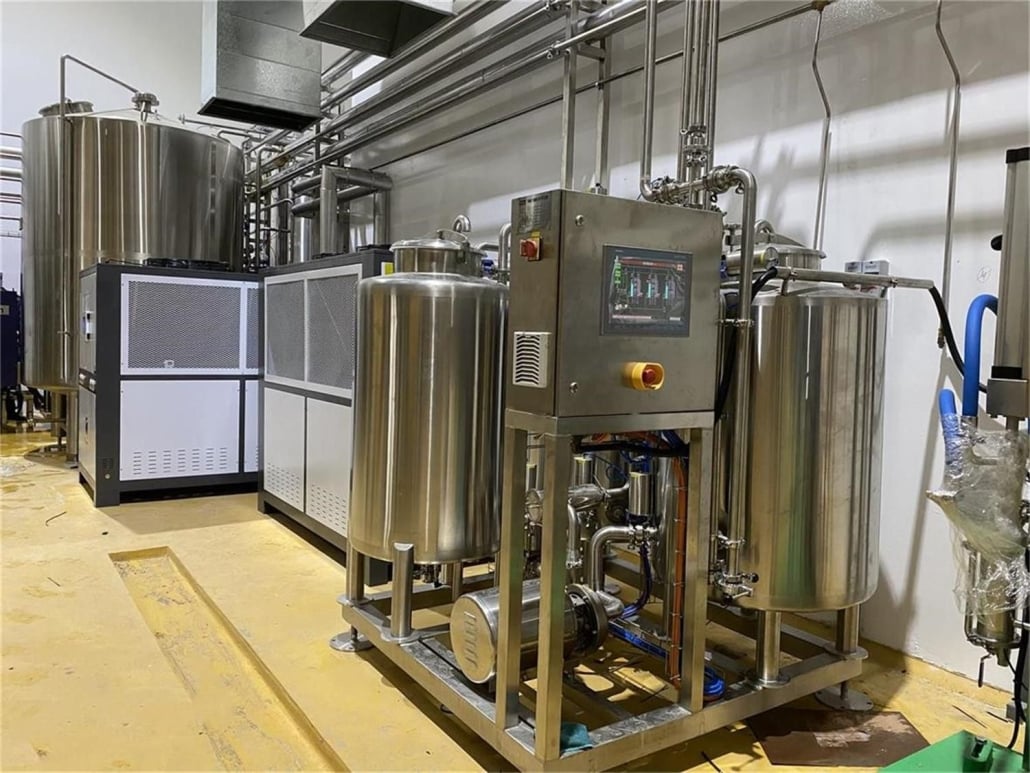
Troubleshooting Common Issues with Brewing Equipment
Even the best brewers encounter challenges. Here are some common brewing equipment issues and how to address them:
- Uneven Heating: Check steam jackets or electric elements for malfunctions. Proper insulation helps maintain temperature consistency.
- Clogged Filters: Regular cleaning and inspecting for debris ensure smooth brewing operations.
- Foam Issues During Fermentation: Adjust temperature controls and inspect gaskets for leaks.
- Yield Problems: Optimize your mash efficiency by calibrating grain mills and ensuring uniform grain sizes.
Key Factors to Consider When Buying Brewing Equipment
1. Capacity and Scalability
Evaluate your current and future production needs. Are you brewing for a local pub or distributing to multiple locations? Match your equipment’s capacity to your business model.
2. Space and Layout
Ensure the equipment fits your brewery’s physical dimensions. A well-thought-out layout improves workflow and reduces operational hiccups.
3. Material and Durability
Stainless steel is the gold standard for brewing equipment due to its corrosion resistance and longevity. Does the equipment comply with food-grade standards?
4. Customization Options
Some suppliers offer tailored equipment to meet specific brewing styles or unique recipes.
Detailed Comparison Tables for Brewing Equipment
Brewing Equipment Capacity, Space, and Design
| Feature | Small Breweries | Medium Breweries | Large Breweries |
|---|---|---|---|
| Capacity | 5–20 BBL | 20–50 BBL | 50+ BBL |
| Space Requirements | Compact, minimal | Medium-sized spaces | Large industrial-scale areas |
| Design and Layout | Simple, manual options | Semi-automated, ergonomic layouts | Fully automated with precision controls |
| Customization Options | Limited | Moderate | Extensive |

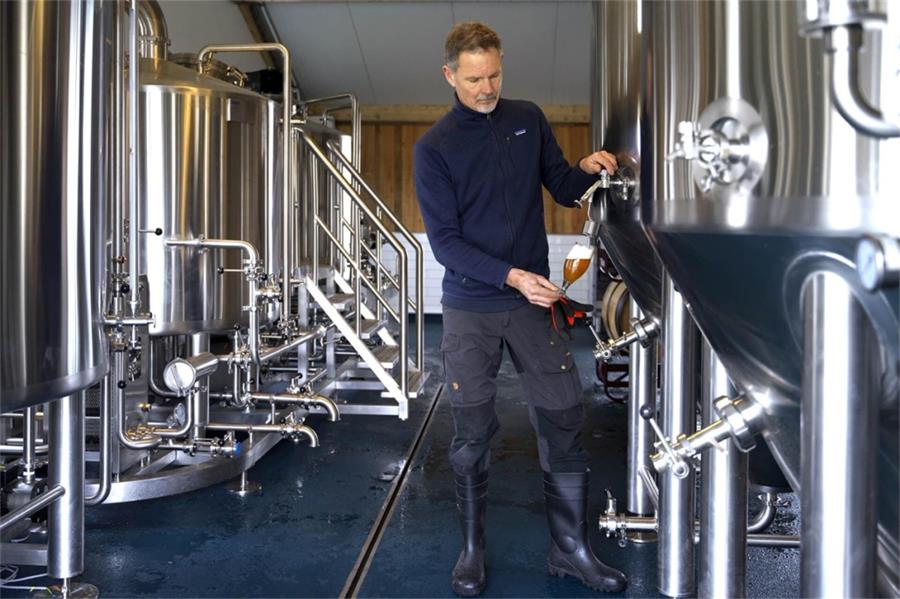
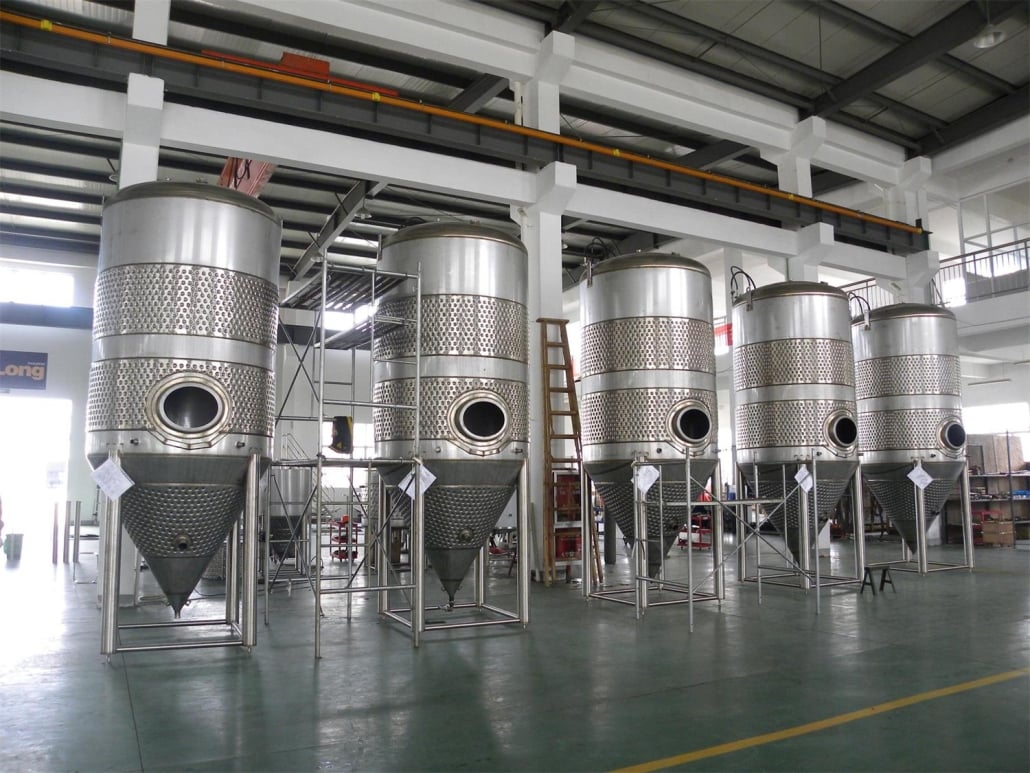
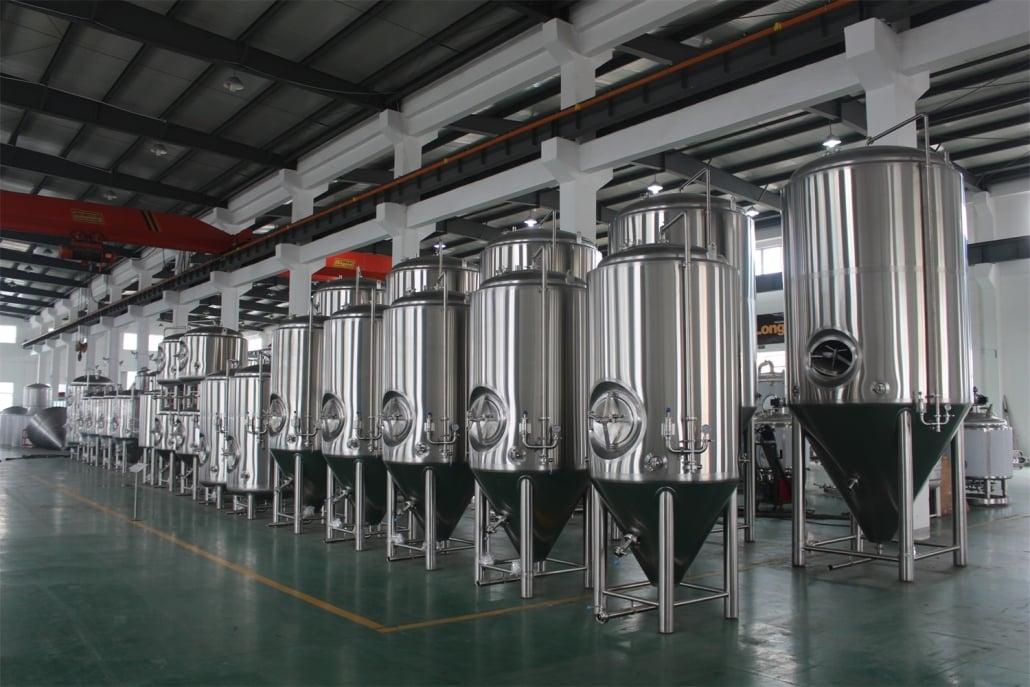
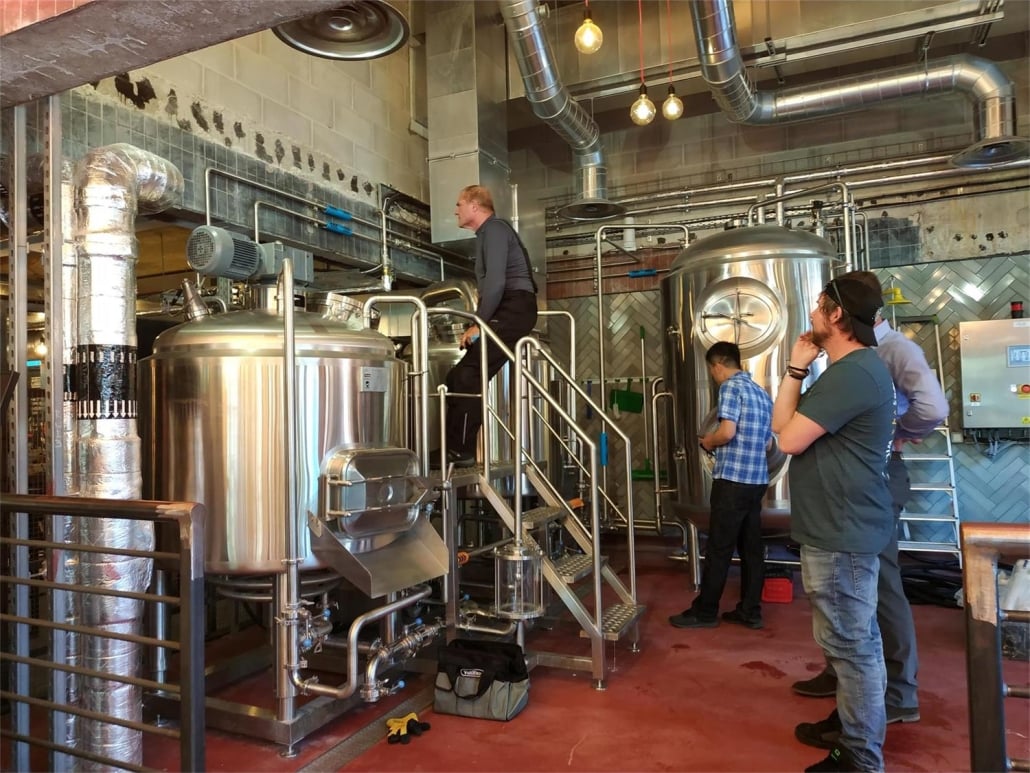
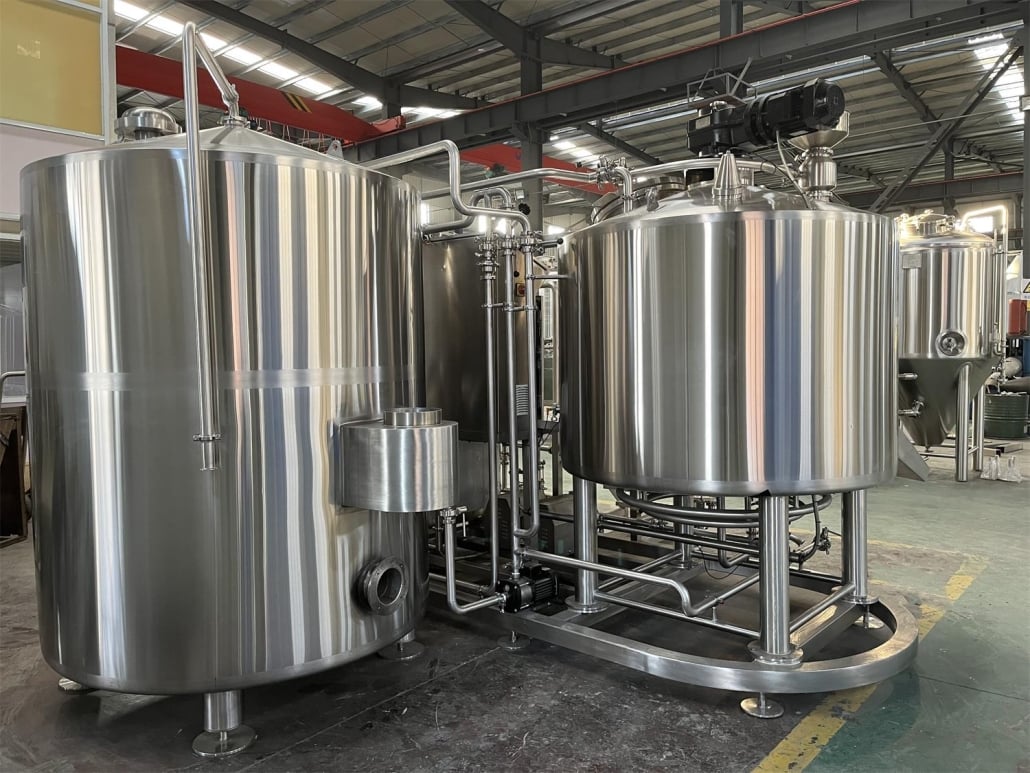
Suppliers and Price Range
| Supplier | Product Range | Price Range | Reputation |
|---|---|---|---|
| ABC Brewing Systems | Microbrewery setups | $50,000–$150,000 | Known for reliability |
| DEF BrewTech | Turnkey solutions | $100,000–$500,000 | Great customer support |
| GHI Brewing Co. | High-capacity brewing systems | $300,000–$1,000,000+ | Premium equipment quality |
Installation, Operation, and Maintenance
| Aspect | Details |
|---|---|
| Installation | Requires professional setup. Detailed blueprints minimize errors. |
| Operation | Semi-automated or fully automated systems streamline operations. |
| Maintenance | Schedule regular clean-in-place (CIP) operations. Inspect seals, gaskets, and electrical components. |
How to Choose the Right Supplier
| Criteria | What to Look For |
|---|---|
| Experience | Years in the brewing industry, successful installations. |
| Customization Capabilities | Tailored designs that suit your brewing style. |
| Warranty and Support | Extended warranties and responsive technical support. |
| Price vs. Value | Affordable pricing without sacrificing quality. |
Advantages and Disadvantages of Brewing Equipment Options
| Equipment Type | Advantages | Disadvantages |
|---|---|---|
| Manual Systems | Low cost, simple operation | Labor-intensive, slower production |
| Semi-Automated Systems | Balanced cost-efficiency | Moderate learning curve |
| Fully Automated Systems | High precision, scalable | Expensive upfront investment |
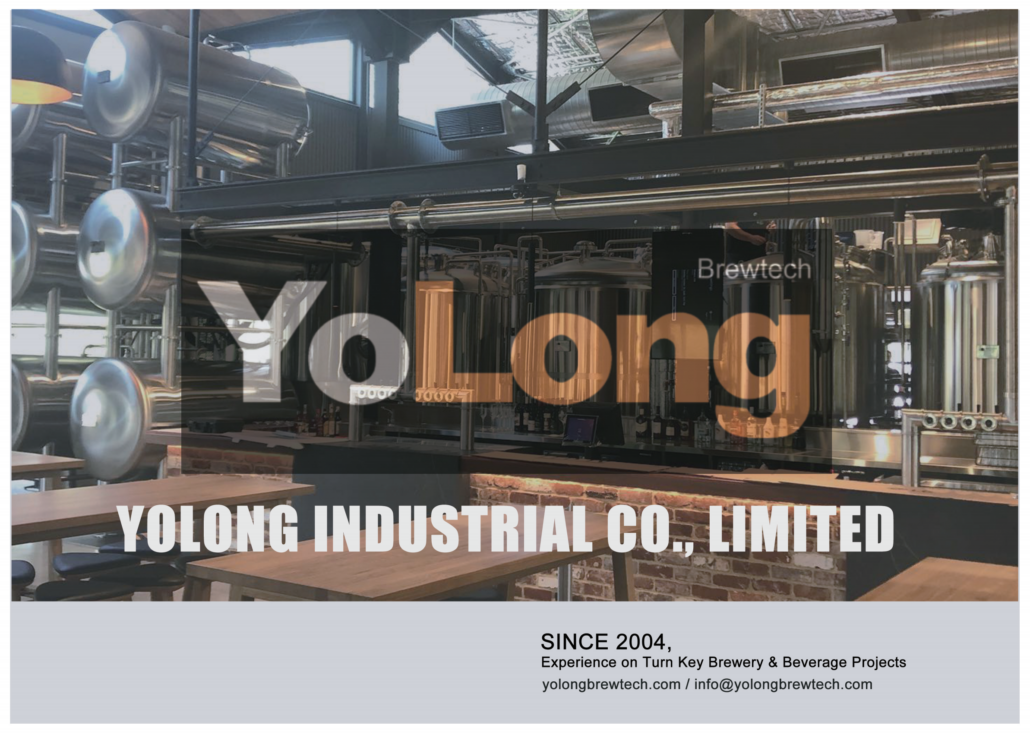
Tips for Optimizing Your Brewing Operations
- Regular Maintenance: Keeping your equipment clean and well-maintained reduces downtime and ensures consistent quality.
- Energy Efficiency: Invest in energy-efficient equipment to lower operational costs.
- Staff Training: Well-trained staff can troubleshoot issues quickly and optimize brewing efficiency.
- Use Data Analytics: Leverage sensors and software to monitor temperature, pressure, and other key brewing metrics.
FAQs
| Question | Answer |
|---|---|
| What is the lifespan of brewing equipment? | High-quality equipment can last 15–20 years with proper maintenance. |
| Can I upgrade my existing system? | Yes, modular systems allow for scalability and upgrades. |
| How much does commercial brewing equipment cost? | Entry-level setups start at $50,000, while large-scale systems can exceed $1,000,000. |
| Is stainless steel mandatory? | It’s highly recommended due to its durability and resistance to corrosion. |
| What certifications should I look for? | Look for food-grade certifications and compliance with local regulations. |

